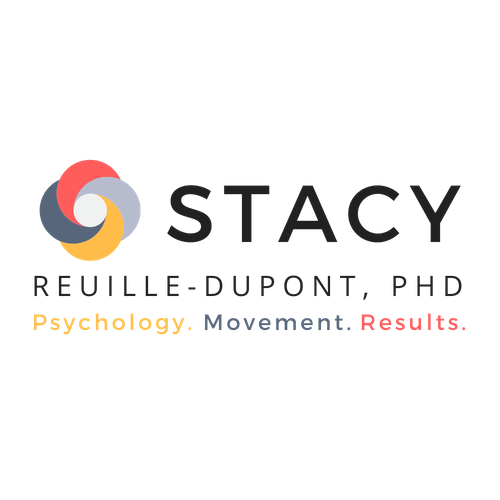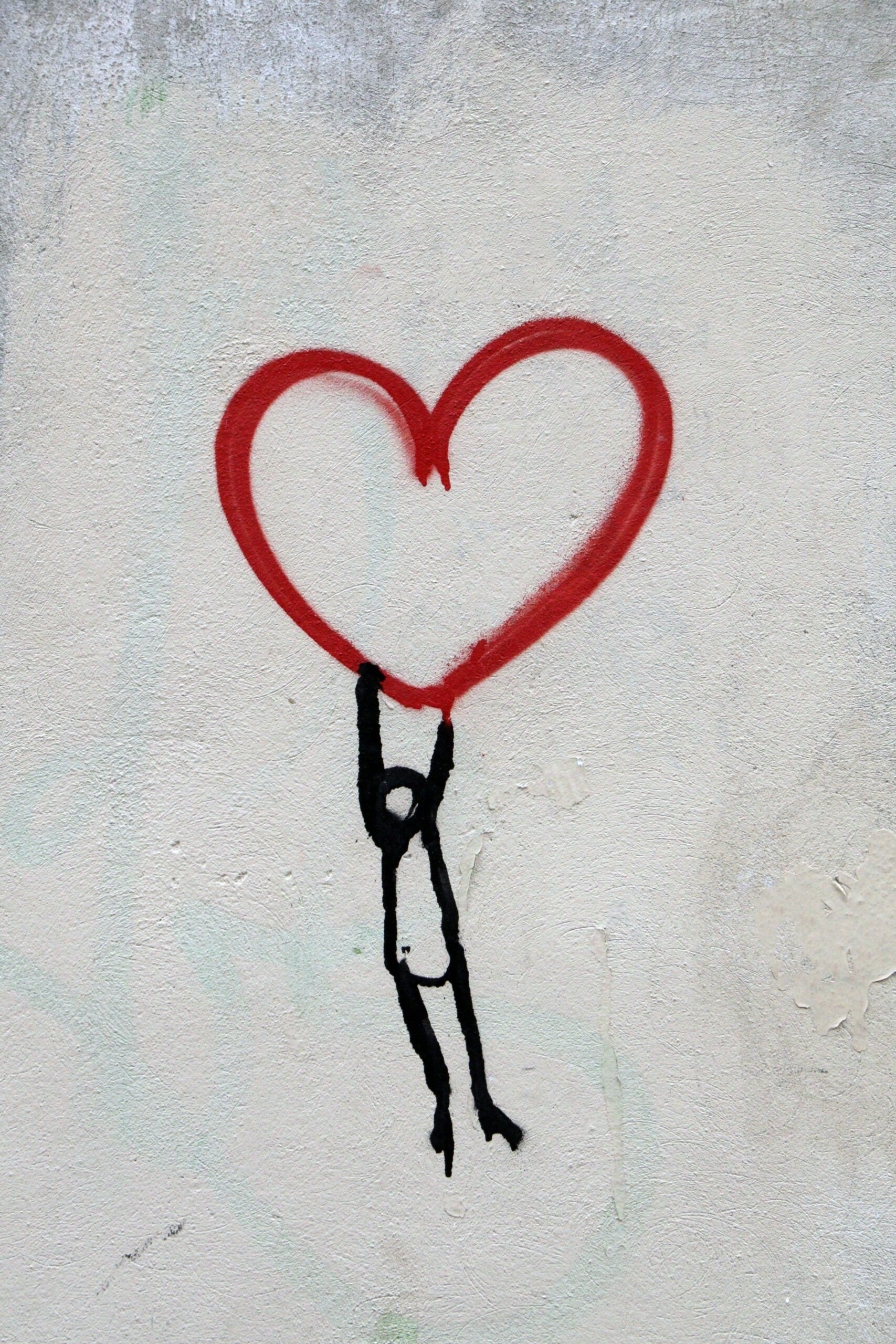Photo Credit: Photo by Nick Fewings on Unsplash
What is love?
Love is often associated with terms like commitment, intimacy, attachment, passion, and jealousy, grief, heart-broken.
Love is a feeling, it is a construct we use to identify somatic sensations we have and label as emotions. It is the word we use to describe what we like, want, appreciate. It is a word we use to differentiate where we will put our attention. We know love when we feel it and pine for it when we can’t find it. Most people describe love as a feeling of warmth, openness, and a sense of connection. Here’s what is physically happening when we feel love.
The physicality of love.
The body communicates with many chemicals. Oxytocin is the “love” hormone. This chemical is responsible for our bonding. It is important when we give birth as it bonds us to the new baby. It is important and part of why we see such connection at rallies, group events, working toward a common passion, and helps our bodies regulate a variety of other hormones and processes to keep our physical system healthy and happy.
The chemistry changes of vasopressin are also important in the love cocktail. Vasopressin is connected to our sense of protection and protecting those we love. It helps us get through and manage stressful events, and together these experiences help us bond with other mammals.
We often symbolize love with images of our heart. From a basic anatomy, the heart, our symbol of love, is a unique organ. It is the only place we find cardiac muscle. This muscle contains its own electrical signal and communicates in its own system. The muscle sends electrical signals to its parts to beat and remain in rhythm.
The heart is like our battery in our car. It keeps us going and sparks other systems. The heart is critical to our survival. It connects to every other part of our body through its role as the pump of our circulatory system and assisting our lymph system to rid our body of toxins. As the blood comes in and out of the heart it nourishes every other organ. It bathes our whole body in chemicals needed to facilitate a cascade of physical changes throughout our day. Carter and Porges (2013) state, “the protective effects of positive sociality seem to rely on the same cocktail of hormones that carry a biological message of ‘love’ throughout the body”, (pg 16), which the heart is responsible for trucking. Oxytocin plays a role in development of our fetal heart and protects our heart by converting stem cells into caridomyocytes (Carter & Porges, 2013).
Take Care of your Heart with this wearable. It not only tracks your heart rate, but also your heart rate variability. Learn more about HRV.

Love = Bonding, stress, and aggression.
Emotions are felt on the somatic level (physical sensations) and are also complex physiological reactions with motor responses. In our brains love helps facilitate goal directed behavioral activities that help us connect to another person. This ensures survival of the species. Feeling love helps us cognitively too. Bianchi-Demicheli, Grafton, and Ortigue (2006) found that being in love led to faster response times on a lexicon experiment when the participants were “primed” with an associated message about the person they were in love with.
Carter and Porges (2013) state “The same molecules that allow us to give and receive love, also link our need for others with health and wellbeing” through the benefits that oxytocin has on our physical systems and due to its role in bonding us to others. When we have more social support we are more resilient in the face of stressors and our oxytocin – vasopressin experiences are supportive to our wellbeing. This could be due to the anti-inflammatory and antioxidant properties oxytocin has.
However when you have too much vasopressin without balancing oxytocin we have more aggressive behaviors. Infants with increased chronic exposure to vasopressin may over-react or be more defensive throughout their lives. Increased exposure may come from highly stressed or traumatized parents (Carter & Porges, 2013).
Due to vasopressin’s link with androgen hormones (testosterone) males appear to be more sensitive to the effects of vasopressin. Following stressful experiences male prairie voles quickly form bonds with females, but females showed preference for other females following a stressful exercise (Carter, 1998). It appears males and females experience love and bonding differently due to differing pathways and experiences of these endogenous chemicals.
Stressful experiences help us bond to others. This could be why we experience a sense of community following difficult events like storms, tests, rallies, assaults, and training exercises even when tragedy has occurred.
Love is Addicting.
Love is so “addicting” is due to the way catecholamines reinforce our repeated behaviors. Catecholamines are chemicals like dopamine and norepinephrine. They are well known as the reward and pleasure neurotransmitters. These are the ones we are after when we use stimulants like cocaine.
As a result of experiencing a pleasurable experience we feel the joy of dopamine. We like it, we want more of whatever it was that gave us that feeling. In substance abuse we often look to dopamine as a reason for someone’s struggle letting go of the drug.
Catecholamines link our experiences with our desire. Dopamine plays a role in the release of oxytocin and plays a role in pair bonding (Carter, 1998). Think about how much you like sex. This is the dopamine-oxytocin cocktail at work. Orgasm dumps a slew of the “feel good” endogenous chemicals into our system all at the same time. We relax, feel content, experience joy, and feel connected to the person we are laying beside. We may tag this experience as love or just good feelings based on who is next to us. But we go back and do it again and again and again.
Why We Like to Be Around Others When Feeling Love
Love like any other emotion love is a chemical, electrical, and vibrational shift in our physical body. Love comes with an openness to experiences that “lifts our moods”. It makes us see things more clearly, colors become more vibrant, and we find the sparkle in each experience. This is in part due to the endogenous opiates and dopamine we experience along side oxytocin and vasopressin responses when experiencing a sense of connectedness.
We are vibrational beings. As atoms communicate they shift vibrational states to match other atoms in their vicinity. This is why we can “feel” an energy in different environments. Our bodies register the vibrational quality and signal our brain to label it. When our brains “see” it we label the emotion based on our past experiences. We have cells called mirror neurons that register what others in our environment are doing. They “mirror” what is being expressed in our brains. When our mirror neurons fire we can understand what others are experiencing. We are not always right in our assessment, but we often have an accurate sense when we are paying close attention. We share in that experience with them through mirror neurons and limbic resonance in our brains and it feels good to “know” another.
When we experience love alongside others we have a sense of “being in a bubble” with that person or feeling “like no one else was in the room with us”. These experiences speak to the physical changes happening in our bodies and being matched by another. As noted above, this “matching” is important to our sense of wellbeing, stress management, and overall health.
Together love shifts our physical structure and changes the way our body communicates with others in our environment. When we are steeped in love and joy others know and we lift them up by sharing these energies. Our bodies are made to communicate beyond our physical systems.
Our nervous systems and mirror neurons communicate our internal state to other mammals. When we are feeling more content, open, and expansive others benefit from our emotional experiences. It is why we like to be in contact with other people who are experiencing positive emotional states too. It is why we like to gather with those who have a common goal and share our values around cultivating happiness and love.
When we connect with others experiencing these similar emotions we synergistically raise the experience for us all. We are greater than the sum of our two parts by sharing our love.
Here a few ways we can cultivate and share our sense of love in the world.
1) In Eastern traditions we look at chakras and the heart line. The heart chakra connects us to humanity. When we feel connected to others we often feel a warmth in our heart space. Try “breathing through your heart”. In this practice breathe in and out with the visual of that air moving through the heart center bathing you and the world in a sense of peace, connectedness, and goodwill.
2) We talk about “broken hearts” and my “heart hurts” as we explain our struggles with connection. The heart line is a nerve running on the inside of the arm. By applying pressure to this line it helps our nervous system calm, which allows us to feel more safe with others and in the world.
We can activate this nerve by reaching out to other people – hugs, holding hands, physical touch – can all help us feel more connected. You can also karate chop one hand in the palm of the other to quickly calm yourself. By stimulating this nerve you are slowing the heart rate, which in turn will slow your breath rate. Together they will shift you from a sympathetic stress state to parasympathetic rest state.
3) Work on truly connecting with others. When you are out use eye contact to convey loving kindness to those you meet along your path. On the street, in stores, with family, friends, and co-workers share a smile that goes all the way to your eyes. Let others see the joy you posses and benefit from your expansiveness by sharing eye contact and a smile. These two gestures help release dopamine and oxytocin in both you and the person you are smiling at. Plus you’ll usually get a smile back and that means you’ll get another dump of dopamine and oxytocin. See above for the addictive effects of love and why this might feel so good.
You can also manipulate these structures through quick breathing and physical exercises that help you connect more to yourself and to others. Here are 3 ways to take care of your heart using exercise and breath:
Get a free WHOOP strap and your first month free when you join with my link:
References:
Bianchi-Demicheli, F., Grafton, S. T., & Ortigue S. (2006). The power of love on the human brain. Social Neuroscience, 1(2), 90-103. DOI:10.1080/17470910600976547
Carter, C. S., & Porges, S. W. (2013). The biochemistry of love: An oxytocin hypotheses. European Molecular Biology Organization Reports, 14(1). 12-16. DOI:10.1080/17470910600976547
Carter, C. S. (1998). Neuroendocrine perspectives on social attachment and love. Psychoneuroendocrinology, 23(8), 779-818.



 Twitter
Twitter Facebook
Facebook Linkedin
Linkedin






